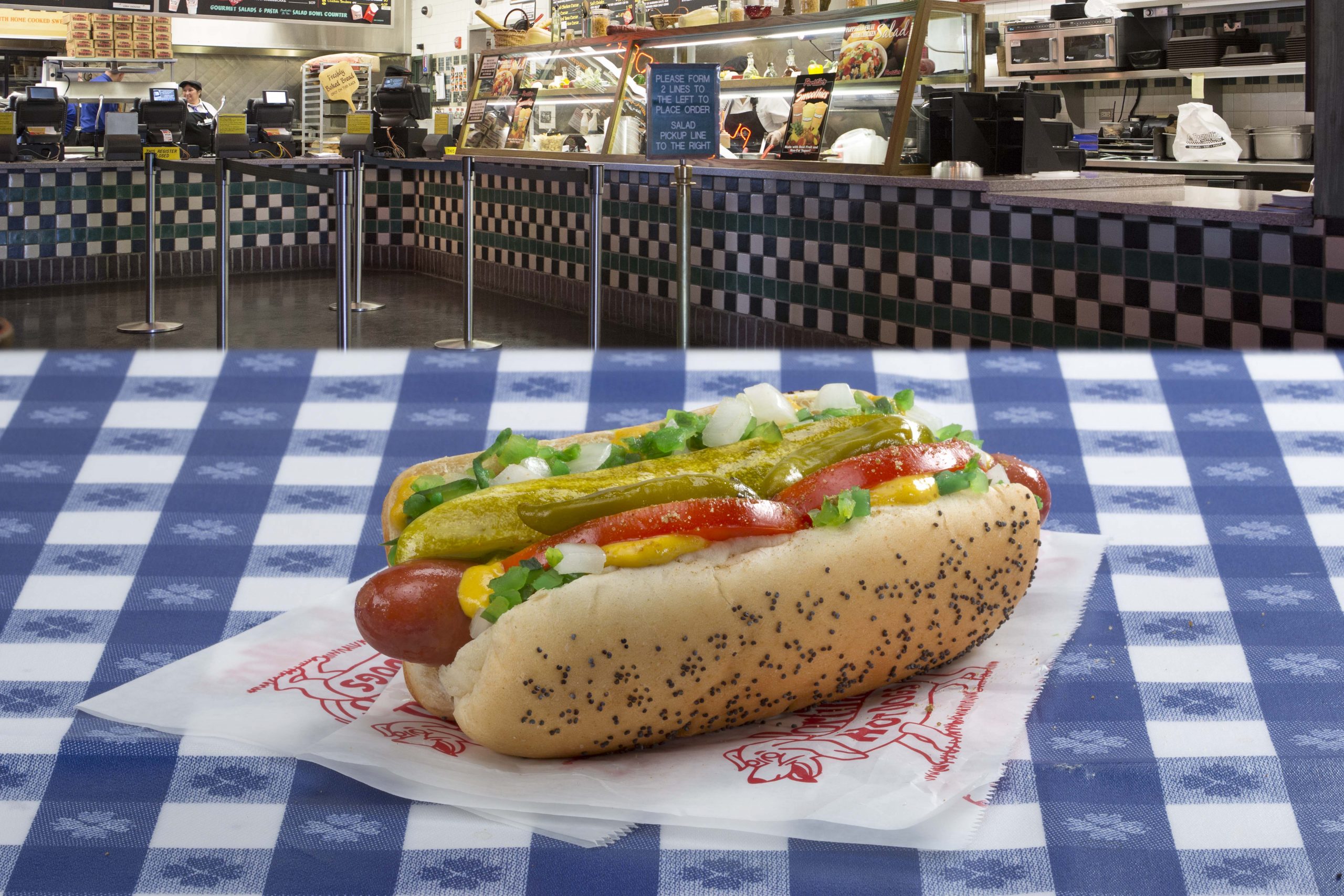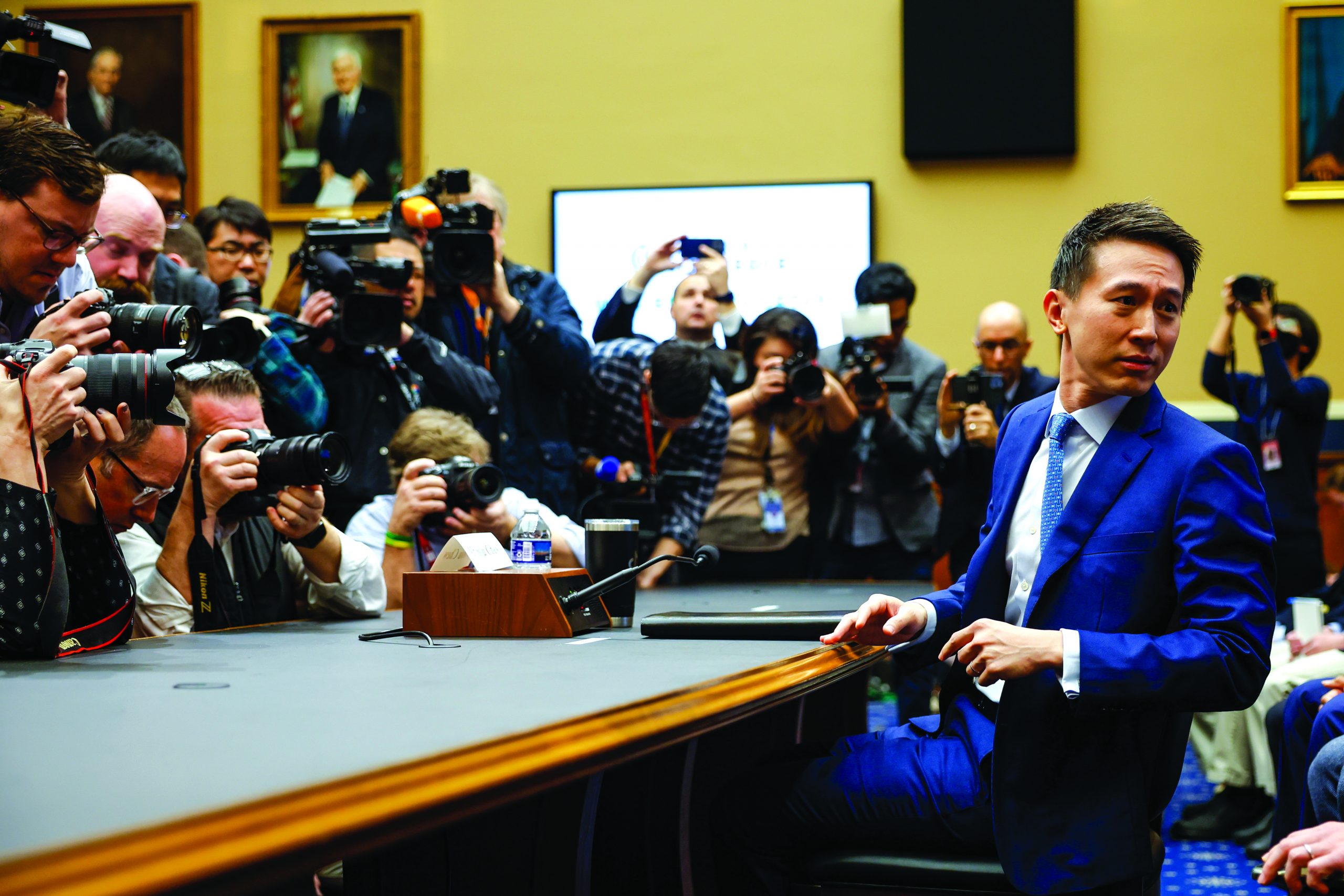Maximum Rage
Amazon workers aren’t as concerned about the minimum wage as they are about brutal working conditions

Amazon employs blatant union-busting tactics to keep harried workers from organizing at its giant fulfillment centers, according to observers of recent events at the company’s facilities in Bessemer, Alabama, and Staten Island, New York.
The result? Despite what many consider harsh and even dangerous working conditions, employees at Bessemer resoundingly rejected unionization in April by a vote of 738 in favor and 1,798 opposed. But experts contend that many of the workers actually had little choice but to vote against their own interests.
Union organizing at Bessemer began the way it often does, with a handful of dissatisfied workers talking discreetly among themselves about grievances and deciding to do something about it, said Todd E. Vachon, facility coordinator at the Labor Education Action Research Network at Rutgers University.
“Quite a few workers who started working at the warehouse previously had unionized jobs,” Vachon told Luckbox. “So they’re used to having all the benefits and contract protections of a union.”
Pickers who move merchandise around in the Bessemer fulfillment center weren’t as concerned about earning higher wages as they were about how fast they have to work, how many packages they have to handle per shift and how many injuries can result, according to Vachon.
Amazon might require workers to pick 400 items per hour, which translates to 4,000 to 6,000 per 10-hour or 12-hour shift, noted Chris Smalls, a former worker at the company’s Staten Island fulfillment center.
“It’s common to have people taking pain medicine or muscle relaxer because the body’s put to the test every day,” said Smalls. That’s why Amazon places vending machines in the facilities to dispense over-the-counter pain medication.
Then there’s the surveillance and control that Amazon maintains. “They have GPS bracelets that track where you are within the workplace,” Vachon noted. “And if you spend more than a certain number of minutes—even in the bathroom—you’re getting docked pay for unproductive use of your time.”
Organizing at Bessemer
Conditions at Bessemer prompted disgruntled workers to join forces with the Retail, Wholesale and Department Store Union, which is part of the United Food and Commercial Workers Union, an international organization with
1.3 million members.
The RWDSU sent staff members to Bessemer to help print leaflets, make T-shirts and produce buttons—all designed to generate excitement around the campaign to unionize. “But the unionization effort came from the workers themselves,” Vachon emphasized.
Union organization usually proceeds slowly, but the Bessemer campaign came to a vote unusually quickly, arriving in just five months, according to Vachon. Organizers generally want to win over 50% of the workforce before acknowledging that they’re even thinking about a union.
GPS bracelets track Amazon fulfillment-center pickers. They’re docked if they spend more than a certain number of minutes in the bathroom.
The organizers wanted a bargaining unit of 1,500 workers, meaning that’s how many would cast votes for or against. But Amazon successfully petitioned the National Labor Relations Board to expand the unit to 5,800 members, substantially diluting support for the union, Vachon said. Having to convince that many more people to vote in favor of the union also created a lot of work for the organizers, he noted.
A key factor in the Bessemer situation was the high turnover of employees, which is 100%, according to Vachon. That means more employees leave the job during the course of a year than the facility employs at any one time.
Workers who signed on just before the election had little knowledge of the issues that led to the drive to unionize. What’s more, new employees were more susceptible to Amazon’s union-busting techniques.
Amazon required new hires to attend a meeting on their first day on the job. Company representatives used the occasion to lecture the new employees on the evils of unions and to warn them that their jobs would disappear if the company shuttered the fulfillment center after it unionized.
Then managers handed the new employees a ballot on unionization and directed them to use the mailbox right outside the door of the conference room to mail in their no votes. The United States Postal Service had installed the mailbox there at Amazon’s request, specifically for that purpose, Vachon said.
“A lot of the workers did just that,” he said of those who followed directions and voted no. “It was part of their intake to the job.” Many wanted to change their vote after experiencing life in the fulfillment center and learning what the union could do for them, but by then it was too late.
Holding mandatory anti-union meetings on company time is legal, but it’s against the rules for union organizers to talk to employees during working hours. Organizers seized the opportunity to talk to workers when they were stopped at a red light outside the fulfillment center, but Amazon persuaded the town to change the timing of the light to minimize traffic backups, Vachon said.
Those actions helped Amazon halt the union movement in Bessemer, but they didn’t prevent unrest from spreading to some of the company’s other facilities. In fact, the clash in Alabama inspired Chris Smalls to take action at Amazon’s fulfillment center in Staten Island, New York.
Smalls began working for Amazon in 2015 as a warehouse associate and was soon promoted to process assistant, a job better known as assistant manager. He helped open two Amazon facilities before the company sent him to Staten Island.
COVID at Staten Island
At first, Smalls wasn’t trying to unionize at Staten Island. He simply wanted the company to combat the spread of the COVID-19 virus by providing masks, hand sanitizer and cleaning supplies, and by observing social-distancing recommendations.
Instead, Amazon responded to the pandemic by imposing silence, according to Smalls. “They informed me at my managers meeting not to tell any of the employees that somebody tested positive because they didn’t want to cause a panic,” he said.
The company also ignored the pandemic in other ways, Smalls maintained. Amazon proceeded with a gathering for all the Staten Island workers in the middle of March in 2020. “New York was the pandemic epicenter of the world,” he said, “and we’re throwing full-on parties with DJs, popcorn and candy. We had nobody enforcing any kind of safety.”
Smalls began talking one-on-one about his safety concerns to anybody in management who would listen. When they failed to answer his questions, he began sending email messages to managers farther up the chain of command.
Next, Smalls staked out a spot in the fulfillment center cafeteria and began spending 10 hours a day warning employees about the lack of safety measures in the facility. He was campaigning for a 14-day shutdown at the plant to ride out the incubation period of the virus.
Within a week, management placed Smalls in quarantine in what he considers an attempt to silence him. Amazon didn’t quarantine anyone else in his department, not even the employee who traveled to work in the same car as Smalls, he noted, adding that “it just didn’t make any sense.”
Smalls broke the quarantine to continue bringing his message to fellow workers, and Amazon terminated his employment at the end of March 2020.
Another unionization effort
A little over a year later, Smalls was back, setting up shop with a tent, banners, loudspeakers and a barbecue grill at a bus stop outside the Staten Island fulfillment center to organize an independent union there. His supporters were also talking to workers disembarking from the Staten Island Ferry from Manhattan.
“How do we educate the youth on what a union represents,” Smalls asked of the task the organizers face. “That’s the fun part about it, but also the most challenging part about it.”
Meanwhile, Staten Island employees have told Smalls that out-of-state managers are dressing down and working alongside warehouse associates to find out what’s going on with the union-organizing effort.
It’s a gambit that can backfire. “None of the managers can do what any of the entry-level workers do,” Smalls said of the grueling regimen at the facility. “So who’s really valuable and who’s not?”
But change doesn’t come easily as Amazon and other large employers continue to use the nation’s labor laws to prevent unionization, Vachon said. “What’s needed is a reset of the power balance, an update of U.S. labor law to give workers a fighting chance to bring home a bigger piece of the growing economic pie and not just make more pie for Jeff Bezos and Amazon shareholders,” he maintained.
But Smalls hopes to prevail. “That building needs some type of change,” he said, “and I know once it gets to the vote, we’ll probably be the ones on top.”
Vachon put it this way: “It’s a class war: Except they’ve got tanks and bombers, and you’ve got sticks and pebbles.”





















